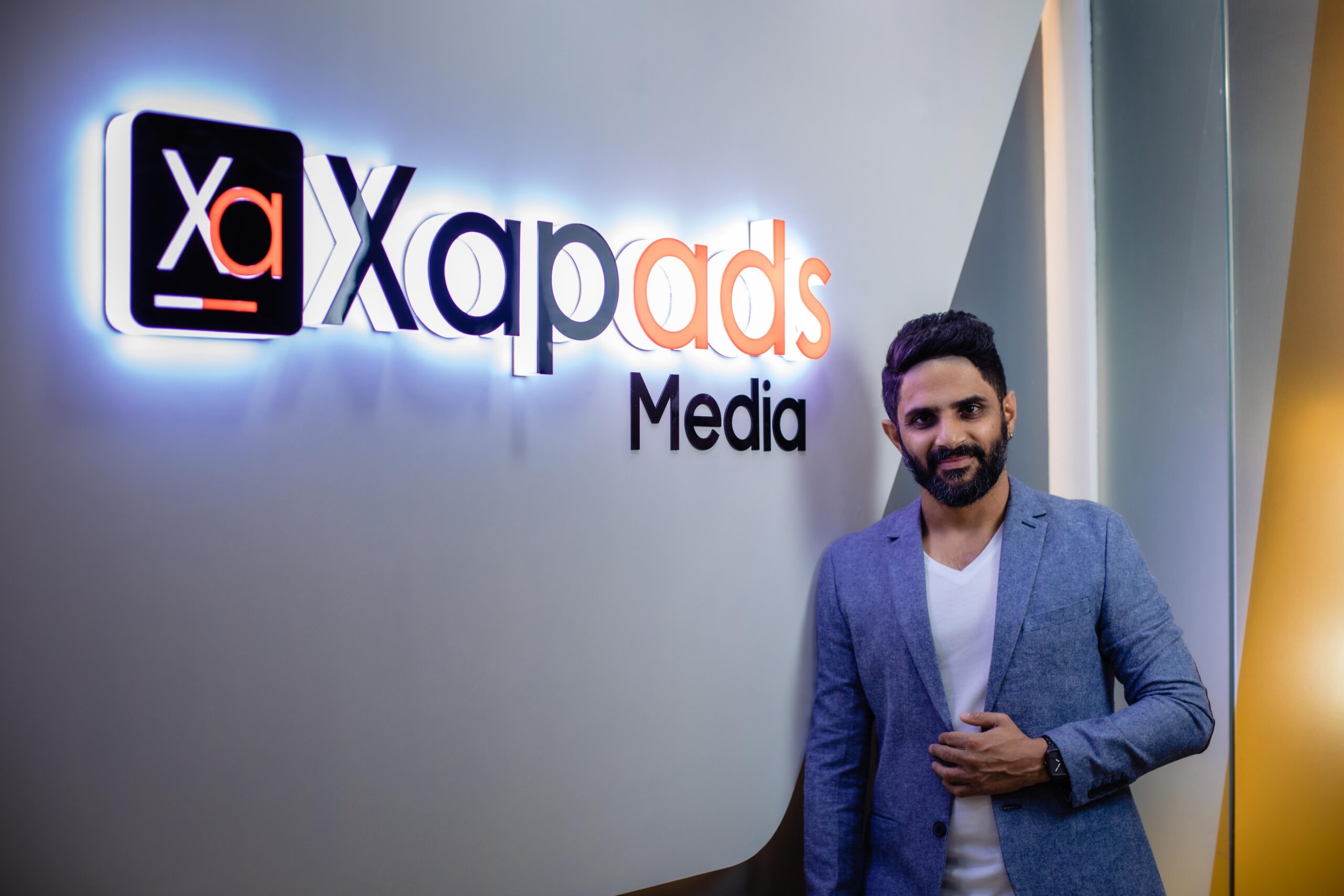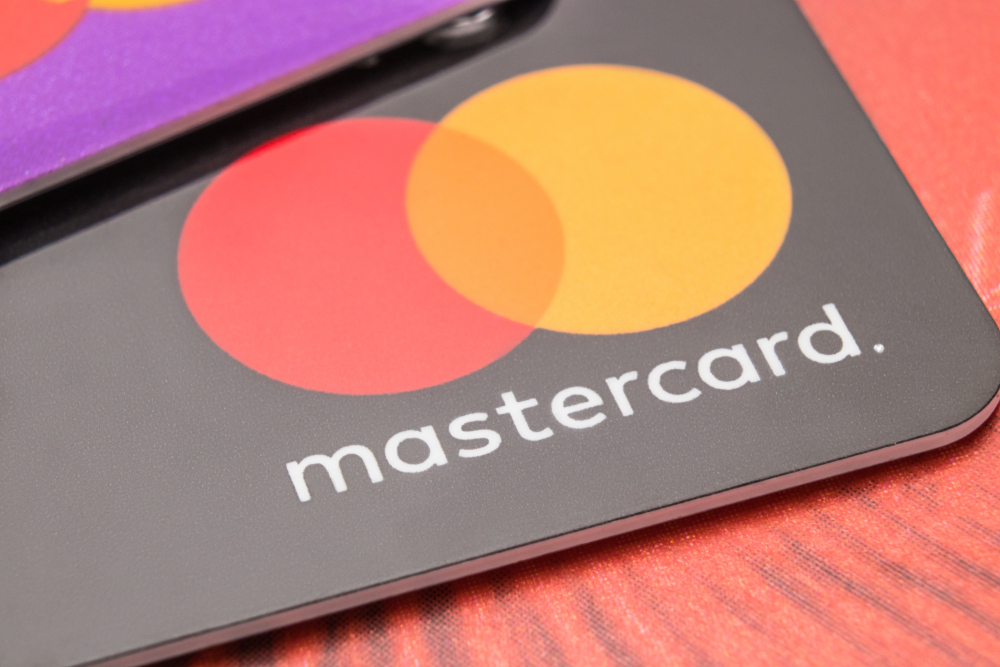How do you see programmatic ad tech platforms growing in India? What has been the primary reason for such a growth and how are they changing the face of the advertising sector?
Programmatic Ad-Tech Space has been a part of the Online Marketing Ecosystem from quite a few years now, but because of the lack of technology and knowledge, it was a late entrant in the Indian Digital Marketing Industry. But currently the total control on the Ad-Spend and the result-oriented mechanism of this technology, has made it one of the best & fastest growing channels of digital Ad Spends.
Talking about its growth, not a single reason can be pointed out but it can be said that a mix of automated and data driven result-oriented approach of such platforms helps deliver higher ROI and better ROAS to the brands and hence is becoming the preferred channel of Digital Marketing in India.
What are the key factors that have led to the adoption of programmatic advertising in India and what does the future look like?
The traditional channels of Digital Marketing revolve much around the tedious manual processes of media buying & activation, which are subjected to multiple middle-parties / brokers in the flow, which leads to leakages in the Ad Spend and introduction of fraudulent / malicious sources / inventory during the process. But with Programmatic Advertising, there’s direct connection between the Demand & Supply with very few other parties involved, this not only lowers the price of the media, but also ensures higher quality, better visibility and zero leakages in the Ad Spend. With the interest brands & marketers are showing in this new-age advertising, we can easily deduce that it is here to stay in India and the future looks promising.
How has the ad spend in different sectors evolved over the years? Which sector do you feel is utilizing most through programmatic advertising?
The earliest adopters of this advertising in India were the new media & digital businesses, as they were better updated with the technical know-hows of this latest medium of marketing. It won’t be wrong to say that Fin-Tech, eCommerce, Edu-Tech, Gaming, OTTs were the first ones to extract value from this lucrative marketing channel.
But after testing the potential, the traditional businesses like FMCG, Automobile, Energy, Retail, Lifestyle, Pharma were fast to switch and now because of the pandemic majority of sectors & brands are using this powerful advertising tool in one way or the other.
What has been the market response this year as compared to last year due to COVID?
The pandemic has been a life altering event for all of us, and like every other business, it had its impact on the Digital Marketing Industry as well. Last Year, the majority of the traditional sectors limited their marketing exposure, because of the low / no production and lower demand or lockdown restrictions. While on the other hand, brands specifically in Fin-Tech, Edu-Tech, eCommerce & Food Delivery Sectors increased their online marketing efforts. But with the vaccination drive and opening of the economy, there’s been a sudden push in marketing from traditional brands over this year.

Tell us about Xapads journey so far and how you plan to expand its base in other countries?
It has been a beautiful & adventurous journey, filled with ups & downs, thankfully more ups than downs. Xapads began as a garage start-up but today it has more than 150 employees worldwide and 9 offices across 6 countries. Being the first to foray into the Programmatic space in India, we have contributed to many success stories where brands have adapted Ad-tech to advertise their products. Secondly, unlike other startups, Xapads was not established with the idea of raising VC Funds and a quick exit rather was built on the values of creating long term business and generating value for everyone across industry and not just the stakeholders.
For us, Xapads is and will always be a People’s Organization as we strongly believe that it’s the people within that make an organization successful and I am really honoured that our Team has always trusted us and the same zest has been recognized recently by Great Place to Work too.
In terms of our expansion plan we have recently started our operations in Russia and Indonesia and are focussed in strengthening our presence there, CIS and Eastern European countries. Next on the charts is Latin America and in the coming months we will be revealing more details about it.
What do you think was the biggest challenge in the journey?
Every client is different and so are the KPIs for their Ad campaigns, multiplied with various geographic locations and with each country having a different digital marketing landscape understanding the exact requirements and executing them perfectly was a bit challenging. That’s when we decided to overcome it and excel in “delivering the best possible solution to our clients, so they get highest in class ROAS”.
What is your vision for the platform?
When we started building the platform, we had already worked on and analysed multiple platforms in the market and the biggest challenge we faced was that such platforms were very complex for the marketers, and required a high level of proficiency in Programmatic Advertising to leverage value from them. This became our vision, that our platform should be straight-forward, easy to navigate and manage for the marketers, so that they can operate it easily and generate the highest in class return on their Ad Spend.
How is the use of technology evolving in the ad-tech sector? Tell us about some of the latest innovations?
Technology in the Ad-Tech sector is ever changing & evolving and audience Data, DMPs, Artificial Intelligence, Predictive Modelling, Dynamic Bidding are some of the technical advancements of this segment over the last couple of years, but as we say “Yeh Dil mange more”, so there’s more in store for years to come.
Talking about the Innovations, Xapads is working on, I am not at the liberty to discuss much, but we are coming up with Programmatic Integration with OEM Platforms, which will give a real time control to marketers on the OEM devices, which is something totally unheard of at the moment.












